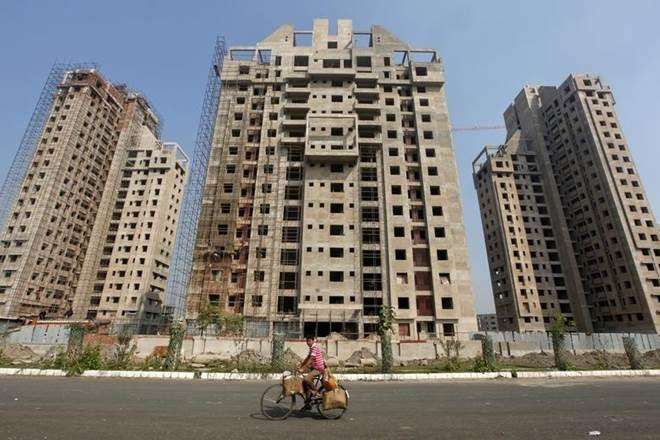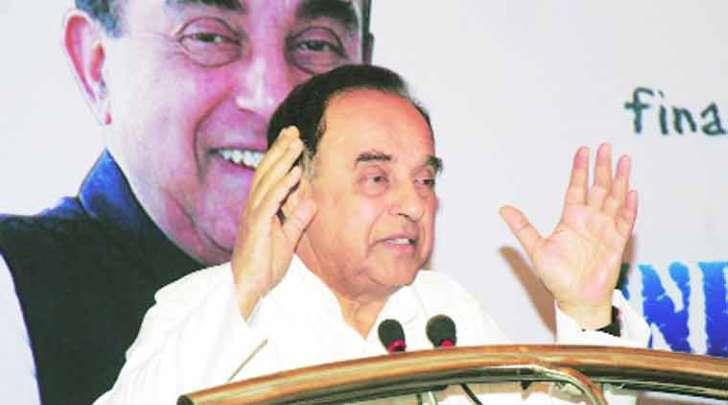September 22, 2017
Giving a major relief to homebuyers, the Modi government today announced that the benefit of interest subsidy of about Rs 2.60 lakh on home loans under the Pradhan Mantri Awas Yojana (Urban) will now be available for beneficiaries belonging to the Middle Income Groups (MIG) for 15 more months beyond December this year till March 2019.

September 22, 2017
Giving a major relief to homebuyers, the Modi government today announced that the benefit of interest subsidy of about Rs 2.60 lakh on home loans under the Pradhan Mantri Awas Yojana (Urban) will now be available for beneficiaries belonging to the Middle Income Groups (MIG) for 15 more months beyond December this year till March 2019.

This was announced by Durga Shanker Mishra, Secretary (Housing & Urban Affairs), Government of India, while addressing the 'Real Estate and Infrastructure Investors Summit', organized by NAREDCO, in Mumbai today. He said that the government had decided to give more time for MIG beneficiaries to avail interest subsidy under PMAY(Urban).
It may be recalled that Prime Minister Narendra Modi, on 31st December last year, had announced that the Credit Linked Subsidy Scheme (CLSS) under PMAY(Urban) to MIG will be applicable till the end of December this year.
Under CLSS, MIG beneficiaries with annual income of above Rs 6 lakh and up to Rs12 lakh get an interest subsidy of 4% on a 20-year loan component of Rs 9 lakh. Those with annual income exceeding Rs12 lakh and up to Rs18 lakh get interest subsidy of 3%.
Reiterating the government's commitment to meet the Housing for All targets in urban areas by 2022, Mishra urged private investors to invest in affordable housing, being promoted by the government in a big way with several incentives and concessions.
Mishra later held an hour-long discussion with a 30-member delegation of NAREDCO and assured them that the government would look into various issues raised by them in all sincerity and possible interventions would be considered. The delegation referred to what they called anomalies in GST rates for completed and under construction housing projects, stamp duties being higher and kept outside the purview of GST, scarcity of land, delays in granting construction permits, lack of coordination among different municipal agencies, RBI's high risk weightage for lending to real estate sector despite Real Estate Act coming into force, inadequate bank financing despite Non-Performing Assets in respect of construction being much less than other sectors, among others.
Courtesy/Source: The Financial Express
















































































































